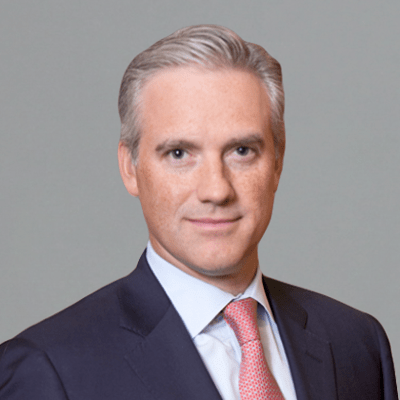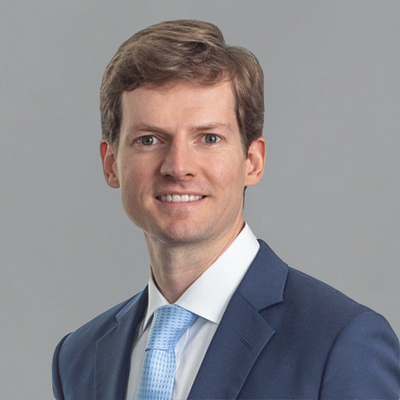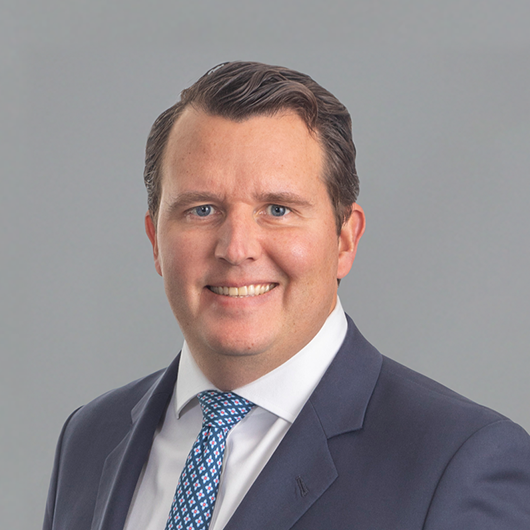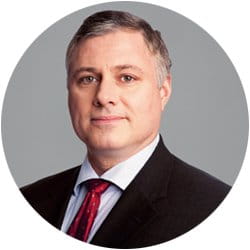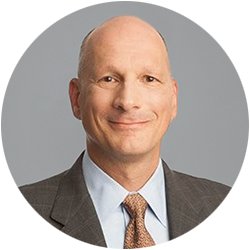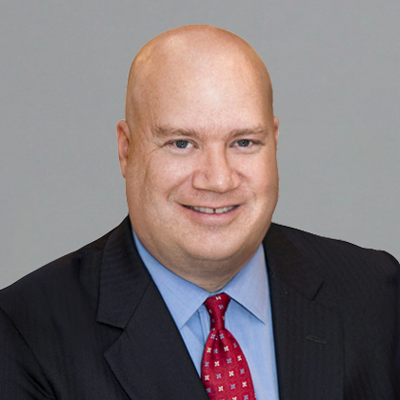The effect rising rate environments have on CEF prices can be difficult to understand. CEFs don’t always react like other asset classes. Taking a look at their past performance, while not necessarily indicative of future results, can help investors maintain balanced portfolios through market volatility.
While much ink has been spilled about how rising interest rates may affect capital markets, very little focus is trained on the closed-end fund (CEF) universe. We’d like give some historical perspective and help CEF investors better understand the various dynamics at play.
Environment overview
A rising rate environment often results in a rotation within stocks, with investors refocusing on fundamental valuation. Higher interest rates put downward pressure on growth stocks and shift sentiment toward value. Traditional fixed income analysis would suggest that when rates rise, prices subsequently fall. While that adage holds water, it vastly oversimplifies the situation. Major factors affecting fixed income investments include spreads, yield-curve slope, balance sheet health, and other nuanced measures. Rising rates are more likely to produce an outsized impact in shorter-duration instruments, with longer-dated credit remaining more neutral.
A look back: CEFs from 2015 to 2018
Reviewing the most recent cycle of rate increases may provide some clues as to how CEFs might respond in the current environment. From December 2015 through December 2018, the Fed raised rates from 0.75% to 3%. We saw downward price action mostly before or early in the rate expansion period. This phenomenon likely resulted from investor behavior, as many shifted capital in anticipation of rate hikes rather than in response to them. Once rate expansion begins, investors usually return to making more rational decisions, as we saw in 2016 and 2017. By 2018, however, a combination of events resulted in returns turning negative, particularly out of concern that the Fed might again raise interest rates. Yet again, the possibility of rate increases caused a visceral reaction from investors and produced an outcome that preceded the future event.
Price versus net asset value
It’s important to understand that CEF prices and net asset values (NAVs) are untethered and that there may be periods when the two move in vastly different directions. Rising interest rates have historically manifested this heightened divergence. The dual pricing structure of market price and NAV gives us insight into how rates can affect investor sentiment (market price) and the underlying holdings (NAV). Increasing interest rates put downward pressure on CEF prices in most instances as investors react to the uncertainty. NAV returns have also historically declined during rate increases but to a much lesser extent than market prices. This dynamic reinforces the hypothesis that investor behavior and reaction have a larger impact than rates.
The bottom line
To mitigate potential risks in a rising rate environment, Parametric advocates for investing in diverse portfolios and systematically rebalancing back to target allocations. We believe this method helps align portfolios with broad investment goals while simultaneously reducing risk. A systematic rules-based approach to portfolio construction allows us to reinvest income and rebalance assets to maintain a high level of asset class diversity and mitigate nuanced risk.




